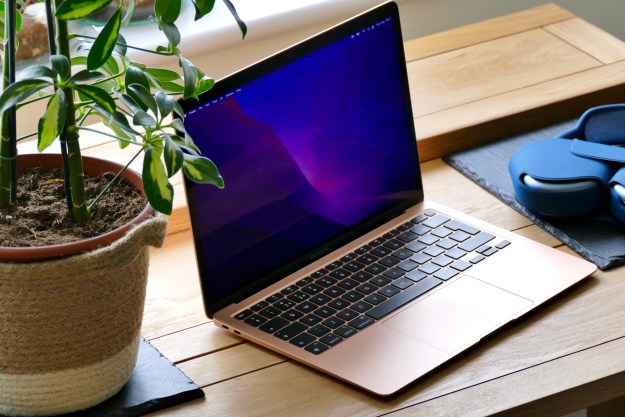Apple’s decision to ban Flash from its development license may have unforeseen consequences, in the form of a federal antitrust inquiry.
It is no secret that Apple doesn’t like Adobe. Last week, Steve Jobs issued an open letter that states in no uncertain terms why he considers Flash to be undesirable on the Apple mobile devices, listing six major reasons why Flash is flawed. The list includes security, reliability, and even battery drain as a result of Flash. In short, Jobs does not like Flash at all, and he seemed almost surprised when the backlash grew. He even went so far as to make it slightly personal, “Perhaps Adobe should focus more on creating great HTML5 tools for the future, and less on criticizing Apple for leaving the past behind,” Jobs said.
When Apple tweaked its license to bar all Flash-based apps from the iDevices, they did so by requiring developers to use Apple development tools exclusively. This forces developers away from third-party software that Apple does not want, but it also makes multi-platform development nearly impossible. Apple claims that this move is simply because it is what is best for the technology, but many in Washington D.C. are disagreeing with him.
According to the NY Post both the Department of Justice and the Federal Trade Commission are interested in launching an inquiry into Apple’s new policy. Both agencies are currently negotiating to see who will take the lead, and a decision should be made within the next few days. If the inquiry yields enough questions, a formal investigation will follow and Apple will be officially subpoenaed for details on the license.
If the investigation finds that Apple’s new license unfairly forces developers away from other sources of competition, they could be found in violation of antitrust regulations
There are more than just legal concerns over the possible antitrust violations, there are practical ones as well. Many developers prefer to use other tools because they plan to market the various apps on multiple platforms. If developers use only Apple tools, it may become cost prohibitive to the smaller developers to have to rework he same app under a different OS.
Since Apple is second in the smartphone market behind RIM, and with Google’s Android gaining more ground everyday, it might force some developers away from Apple, if they are forced to choose.
Editors' Recommendations
- Does your Mac need antivirus software in 2024? We asked the experts
- The XPS 16 is fighting an uphill battle against the MacBook Pro
- Best Buy’s deal of the day is $150 off the MacBook Air M2
- Don’t download the latest macOS Ventura update just yet
- Hurry! This iMac is at its cheapest ever price right now



